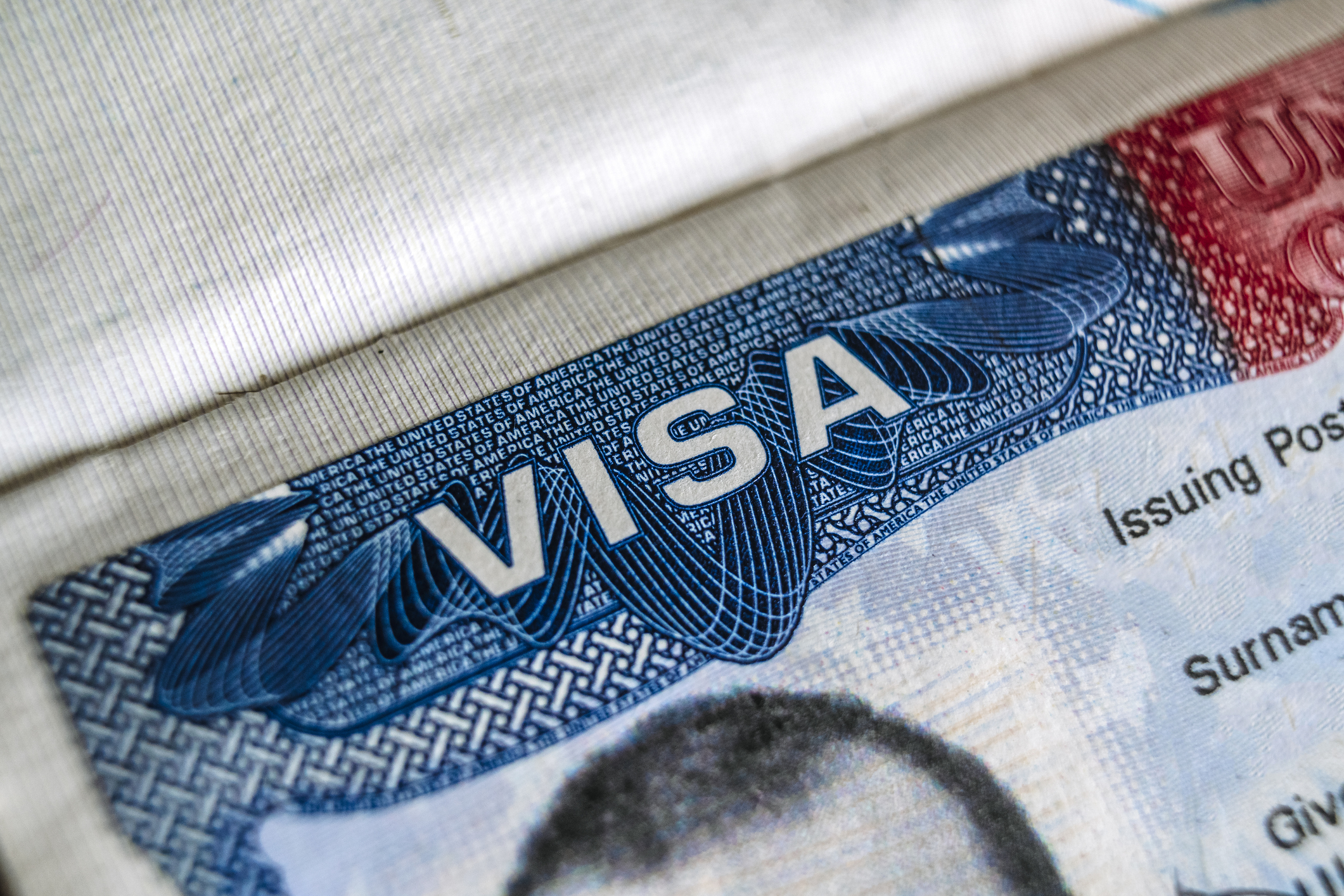Planning to hop between New York, Toronto, and Mexico City for the biggest World Cup yet? Remember, there’s no single “World-Cup visa.” You’ll navigate three separate immigration systems—ESTA for the U.S., eTA or a visitor visa for Canada, and Mexico’s visa-exemption or tourist-card rules. This guide provides the must-know details: who can skip a consulate visit, how long your passport should be valid, tips for border-hopping fans, and where to find official updates when policies shift.
Read on to make sure your paperwork is in order long before kick-off—because missing a match over missing documentation isn’t on anyone’s game plan.
Quick-Glance Summary
- No single “World-Cup visa” exists. You must meet each host country’s normal entry rules.
- Most fans will enter on one of three fast-track schemes:
- Apply early: Standard visitor visa interview wait times for the U.S. can still exceed nine months in some cities.
- Passport validity: Have at least six months left on your passport to avoid airline issues, even if the country technically requires only “valid for stay.”
- Border-hopping fans (e.g., Toronto → New York → Mexico City) should secure multiple-entry permission where available and keep proof of onward tickets handy.
Frequently Asked Questions
1. Do I need a visa for every match country I plan to visit?
Yes. The 2026 tournament spans three sovereign immigration zones—the United States, Canada, and Mexico. Each country will check its own entry paperwork even if you are only transiting for a match. There is no combined North American sports visa.
2. United States: Am I eligible for the Visa Waiver Program?
Citizens of 41 designated countries (including most of the EU, the UK, Japan, Australia, etc.) may enter the U.S. for up to 90 days of tourism with an approved ESTA instead of a B-1/B-2 visa.
- Cost & validity: US $21; good for two years or until your passport expires, whichever comes first.
- Timing: Apply no later than 72 hours before your flight, but CBP recommends doing it when you book travel.
- Not eligible? Apply for a regular B-2 tourist visa at the nearest U.S. embassy/consulate; allow several months for interview slots. (Document checklist in State Dept. link above.)
3. Canada: What is an eTA, and who needs it?
If you fly into Canada and you are from a visa-exempt country (e.g., EU, UK, Australia, Japan, South Korea, most Caribbean nations), you must obtain an Electronic Travel Authorization (eTA) before boarding.
- Cost: CA $7, paid online.
- Validity: Up to five years or to passport expiry, whichever is sooner.
- Arriving by land or sea (e.g., Amtrak or driving from the U.S.)? An eTA is not required; your passport will be inspected at the border instead. Visitors who are not visa-exempt must apply for a Visitor Visa (TRV) in advance (fee CA $100).
- Canada is urging fans to “apply early” because demand spikes are expected.
4. Mexico: Can I skip a visa if I already hold a U.S. or Canadian visa?
Often, yes. Mexico waives the visitor visa requirement if you hold a valid, unexpired:
- U.S. visa (any category),
- Canadian visa or permanent-resident card,
- Schengen, UK, or Japanese visa, or
- Permanent-resident status in the U.S., Canada, UK, Japan, Schengen Area or a Pacific-Alliance country.
You must show both the passport and the qualifying visa/card on arrival.
If you don’t meet a waiver category, apply for a Mexican tourist visa (max 180 days) at a consulate before travel. Most travellers also complete a free Forma Migratoria Múltiple (FMM) “tourist card” during the flight or at the land border.
5. Will match tickets or FIFA accreditation replace a visa?
No. FIFA’s accreditation badges allow venue entry and, in some cases, special airport lanes—but they do not override immigration law. Always bring the passport and travel authorisation demanded by each country.
6. Can I cross borders by car, train, or bus during the tournament?
Absolutely, but watch these quirks:
- U.S.–Canada land border: U.S. CBP and Canada CBSA treat each crossing as a new entry; ensure your ESTA/eTA or visas allow multiple entries.
- U.S.–Mexico land border: Visitors entering the U.S. from Mexico by land cannot use an ESTA; they pay the I-94W land-entry fee (~US $6) and must be VWP-eligible.
- Canada visa holders heading to Mexico: A Canadian TRV does not waive the Mexican visa requirement—only U.S., UK, Schengen, or Japanese visas do.
- Expect longer wait times on “triple-match days” when fans move en masse; check official wait-time dashboards before setting out.
7. How long must my passport be valid?
- United States: Valid for the duration of stay for most nationalities, but many airlines apply an unofficial 6-month rule—play it safe with six months+.
- Canada: Must be valid for the entire visit; six months recommended to avoid airline issues.
- Mexico: Only needs to be valid for the length of stay, yet 6 months is still advised.
8. What about children travelling with one parent or as part of a group?
Minors need their own passports and (for many countries) copies of birth certificates plus parental consent letters if not travelling with both parents. Check the specific embassy sites for notarisation requirements well in advance.
9. Are there COVID-19 or vaccination rules?
As of August 2025, none of the three hosts require proof of COVID-19 vaccination or negative tests for entry, but routine travel vaccinations (e.g., measles, tetanus) are strongly recommended. Requirements can change—monitor government health pages close to departure.
10. Where do I get official updates?
| Country | Authoritative sites |
| United States | U.S. Department of State – Travel Without a Visa & Visa Waiver Program pages; CBP’s official ESTA portal. Travel.gov+1ESTA Application |
| Canada | IRCC – Find out if you need a visa, eTA pages; Canadian Heritage’s World Cup fan portal. IRCCCanada.ca+1 |
| Mexico | Secretaría de Relaciones Exteriores (SRE) – Consular section visa rules (English); National Migration Institute (INM) updates. Consulados de México |
Disclaimer: Entry rules can change without notice. Always consult the official links above and your airline before you fly.



